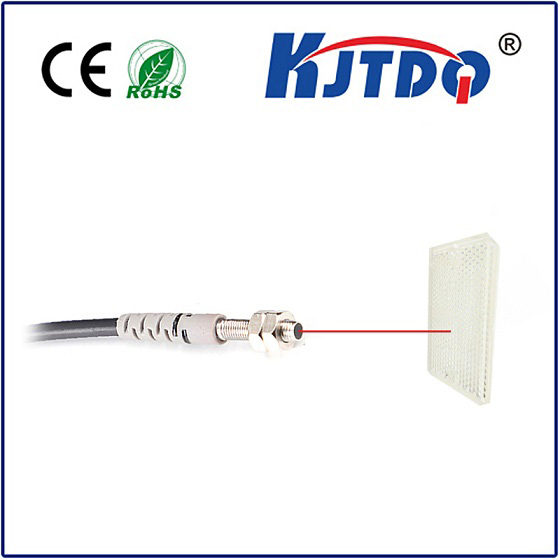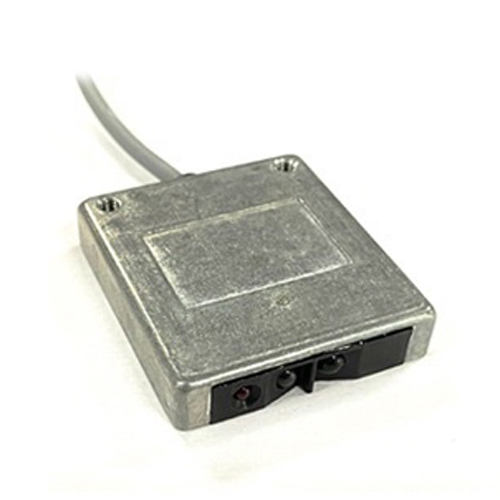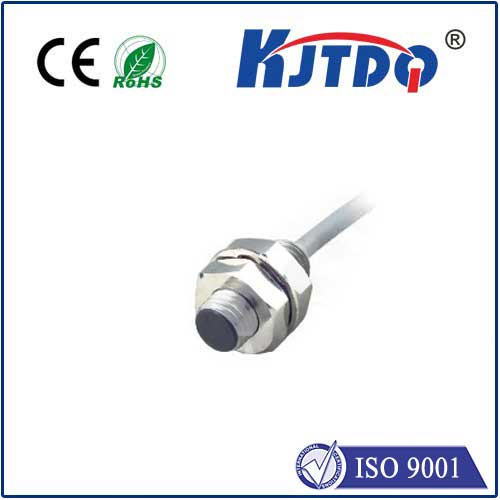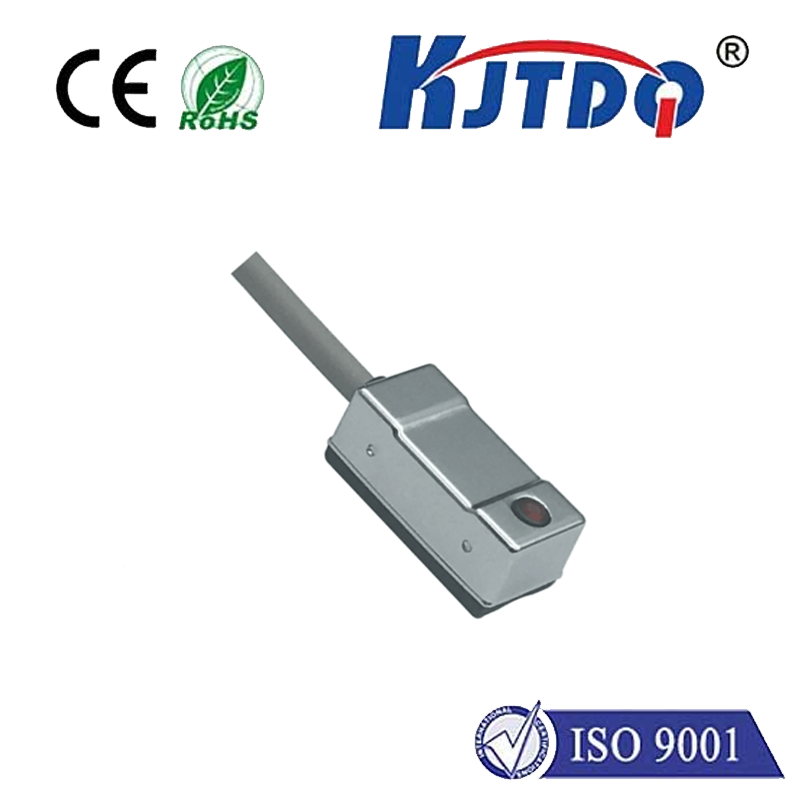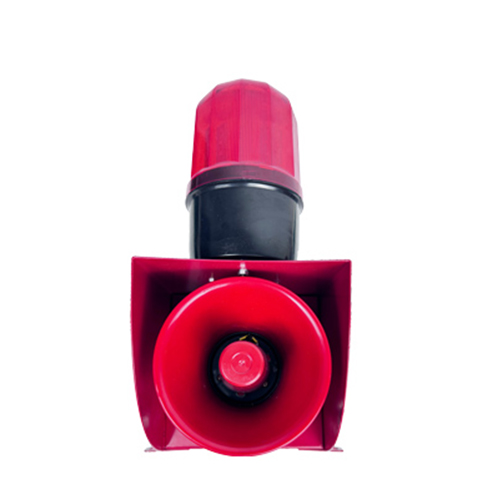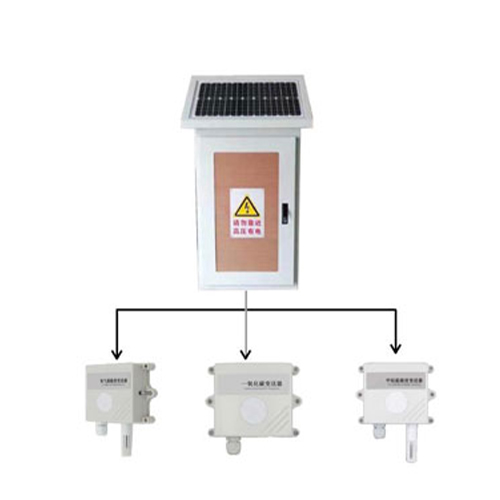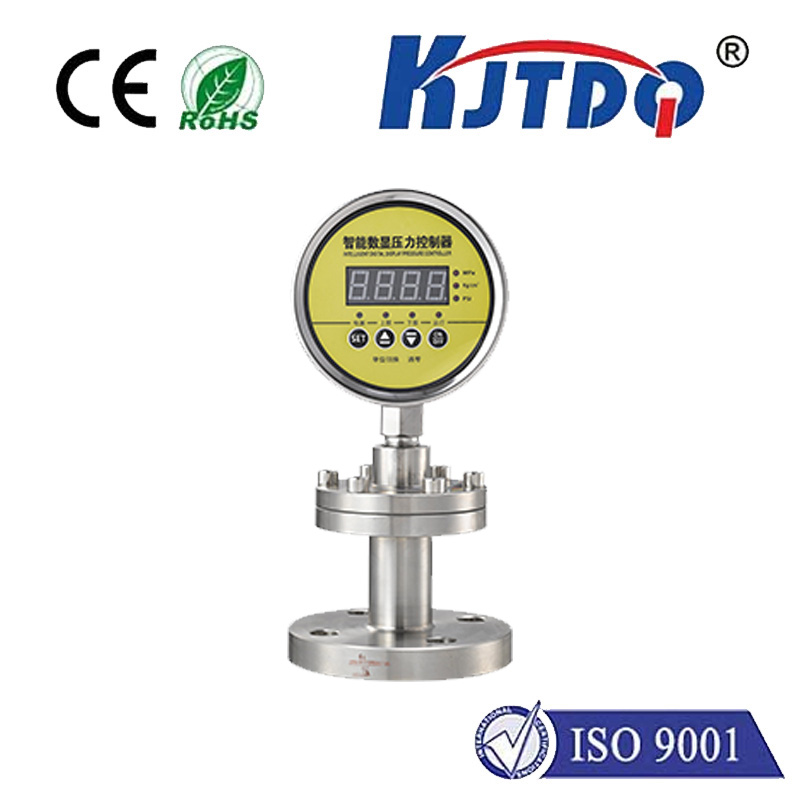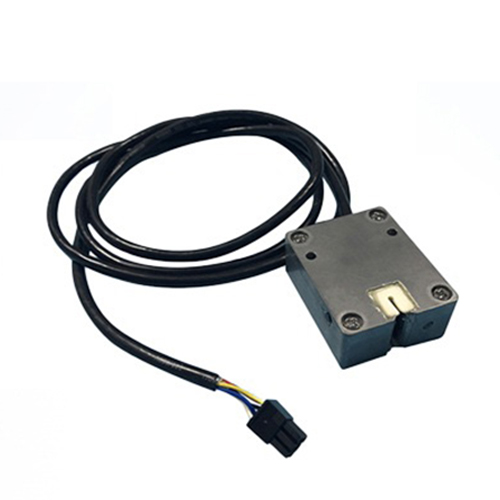диффузионный фотодатчик
- time:2025-07-26 02:53:27
- Нажмите:0
Unlocking Detection Versatility: A Deep Dive into Diffuse Type Photoelectric Sensors
Forget complex setups and bulky reflectors. Imagine a sensor that detects objects simply by ‘seeing’ the light bouncing back. That’s the core magic of the диффузионный фотодатчик, a fundamental workhorse in the world of industrial automation and countless applications demanding reliable, contactless detection. Understanding its operation and strengths unlocks a powerful tool for solving diverse sensing challenges with remarkable simplicity and flexibility.
What Exactly is a Diffuse Photoelectric Sensor?
At its heart, a photoelectric sensor detects the presence, absence, or distance of an object using a light beam – typically infrared, visible red, or laser. The диффузионный фотодатчик (often called a ‘diffuse sensor’ or ‘proximity mode sensor’) is one of the three primary operating modes, alongside through-beam and retro-reflective. Its defining characteristic is that both the light emitter (LED or laser) and the light receiver (phototransistor or photodiode) are housed together in a single unit. This sensor detects an object by relying solely on the light diffusely reflected off the object itself and back to its receiver. No separate reflector or receiver opposite it is required, making its installation remarkably straightforward.
The Core Principle: Seeing the Reflection
Here’s a breakdown of how diffuse sensing works:

- Emission: The sensor emits a focused beam of light towards the target area.
- Reflection: When an object enters this beam, light scatters diffusely off its surface in many directions. This scattered light is much weaker than a direct beam reflected off a dedicated reflector.
- Reception: A portion of this diffusely reflected light travels back towards the sensor unit.
- Detection: The internal receiver detects this returning light. The sensor’s internal circuitry compares the intensity of the received light against a pre-set threshold. When the received light intensity exceeds this threshold (indicating an object is present and reflecting enough light back), the sensor’s output switches state (e.g., turns On or Off).
Key Features and Distinguishing Characteristics
- Single Unit Design: Integration of emitter and receiver simplifies mounting, wiring, and alignment; only one device needs positioning.
- Target as Reflector: Detection relies entirely on the reflective properties of the target object itself. The object becomes an essential part of the sensing system.
- Sensing Range Limitations: Due to the reliance on weak diffuse reflection, the operational sensing range of diffuse sensors is typically shorter than through-beam or retro-reflective counterparts, often ranging from a few millimeters to several hundred millimeters, depending on the technology (standard LED vs. laser) and target properties.
- Background Suppression (BGS): This is a critical advanced variant. Background Suppression diffuse sensors possess an optical system (often triangulation-based) that allows them to detect only objects within a specific, defined distance from the sensor face. They effectively ‘ignore’ light reflected from objects beyond this set sensing distance, even if those distant objects are highly reflective. This makes them excellent for detecting objects reliably against potentially reflective backgrounds or conveyor belts.
The Advantages: Why Choose a Diffuse Sensor?
The диффузионный фотодатчик offers compelling benefits in numerous scenarios:
- Simplicity and Ease of Installation: No need to align components across a gap or install a separate reflector. Mounting is often a matter of securing the single sensor unit, greatly reducing setup time and complexity. This translates directly to lower installation costs.
- Compact Size: The single-unit design inherently makes these sensors more compact than systems requiring separate emitter and receiver housings.
- Cost-Effectiveness: Generally, they represent a lower initial cost per point compared to through-beam setups.
- Versatility in Object Detection: They can detect a wide variety of solid objects, regardless of color, transparency (to a degree, depending on the sensor), or surface texture, provided the object reflects enough light back to the sensor. This makes them suitable for countless applications.
- Ideal for Detecting Non-Reflective Backgrounds: Where retro-reflective sensors might falsely trigger on a reflective background, standard diffuse sensors (though less precise than BGS here) can often perform reliably.
- Background Suppression (BGS) Capability: As mentioned, BGS sensors offer precise distance-based detection, ignoring background interference – a powerful feature unique to the diffuse mode.
Understanding the Limitations: It’s Not Perfect for Everything
To choose effectively, one must also be aware of the potential drawbacks:
- Shorter Sensing Range: Compared to other photoelectric modes, diffuse sensors generally offer the shortest maximum range due to dependence on weak diffuse reflection.
- Sensitivity to Object Properties: Detection reliability heavily depends on the target’s size, color, texture, and reflectivity. A black, matte, or small object may reflect insufficient light to trigger the sensor, even if very close. Conversely, a highly reflective object much farther away than intended might falsely trigger a standard diffuse sensor. Background Suppression mitigates the latter issue significantly.
- Environmental Influences: Dust, dirt, steam, or other contaminants on the sensor’s lens can scatter or absorb light, reducing signal strength and potentially causing false negatives. Strong ambient light hitting the receiver directly might cause false positives unless the sensor has robust optical filtering and modulation technology.
- Potential for Background Interference (Standard Diffuse): Without BGS, highly reflective backgrounds within the light cone can cause unreliable operation.
Where Diffuse Sensors Shine: Common Applications
The strengths of the диффузионный фотодатчик make them ubiquitous in automation and beyond:
- Conveyor Line Object Detection: Detecting boxes, bottles, cans, packages, or parts on moving belts. BGS excels here to ignore the belt.
- Presence/Absence Verification: Confirming parts are present in fixtures, trays, or nests.
- Part Counting: Tallying objects passing a specific point.
- Level Detection: Sensing the fill level of bins, hoppers, or tanks (often used in point-level detection).
- Stack Height Control: Monitoring the height of stacked items.
- Machine Guarding (Non-Safety Rated): Detecting operator presence near moving parts (using non-safety-rated photoelectric sensors; safety requires certified safety light curtains or scanners).
- Assembly Equipment: Verifying component insertion or positioning.
- Printing & Packaging: Detecting labels, carton flaps, or product positioning.
- Robotics: End-of-arm tooling object detection.
Selecting the Right Diffuse Sensor: Key Considerations
Choosing the optimal диффузионный фотодатчик involves evaluating several factors specific to your application:
- Required Sensing Distance: What is the maximum distance the sensor needs to reliably detect the object?
- Target Object Characteristics: Size, color, surface finish (glossy, matte), material, and reflectivity. How much light will it reflect?
- Background Environment: Is there a potential for highly reflective surfaces behind or beyond the target? Does the application demand ignoring these backgrounds? (This strongly points towards needing Background Suppression).
- Operating Environment: Exposure to dust, dirt, moisture, oil, steam, vibration, or temperature extremes? Requires choosing a sensor with an appropriate Ingress Protection (IP) rating and robust construction.
- Response Time / Switching Frequency: How fast

